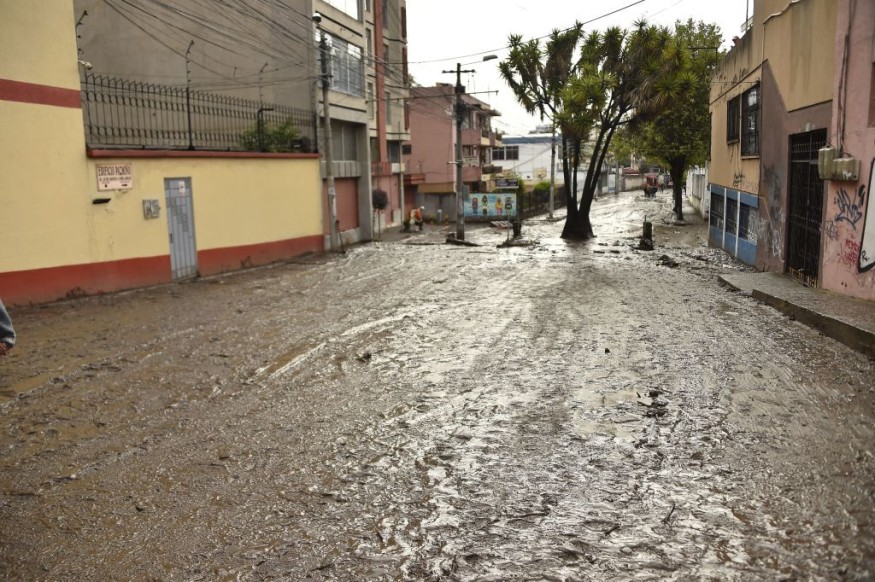Future hurricanes combined with storm surges are likely to increase the flood risk along the US East Coast and Gulf Coast, according to a new study.
The continuance of climate change and global warming also affects the flood risk.
Considering the combined threat of rainfall from hurricanes and rising sea levels, a new study shows the conventional prediction of flood amount is even greater.
Greater Rainfall and Rising Sea Level

Hurricanes and storm surges are likely to cause more frequent extreme flooding and intensity along the southern and eastern coasts of the US in the 21st century, according to a new study published in the journal Nature Climate Change on Feb. 3.
The study's researchers assessed how climate change could affect the frequency of extreme rainfall-storm surge events.
The researchers called these compounded events a joint hazard; a factor that has not been taken much into account in the past when predicting the level of flooding.
The joint hazard consists of flooding from two sources: intense rainfall and rising sea levels.
According to the researchers, indicated coastlines across the globe are vulnerable to this joint hazard. However, the focus of the study is the flood risk of the joint hazard in the US East Coast and Gulf Coast.
"Most studies have looked at the hazards of rainfall and storm surge separately, but in this study, we looked at the Joint hazard from the Gulf Coast up through New England," as per the study's lead author, Ning Lin-an associate professor of civil and environmental engineering at Princeton University, cited by Phys.org.
The study was co-authored by two graduate students, Avantika Gori and Dazhi Xi, and Kerry Emanuel, a professor of meteorology at the Massachusetts Institute of Technology.
Predicting Future Storms
The researchers used physics-based climate to simulate hurricane rainfall and storm tides, showing there have been drastic increases in the joint hazard in the past and will likely continue in the future.
The results show extreme flooding in the southern US Gulf Coast and the eastern US New England Coast in the 21st century.
The study showed that the increase in the joint hazard is caused by climate change and sea-level rise along the southern and eastern US coasts.
Increasing storm intensity is also a determining factor for higher rainfall and storm tides.
Climate Change and Global Warming
Over the past several decades, there have been many studies that indicate human-caused greenhouse gases in the atmosphere have significantly resulted in global warming.
Climate change has affected the intensity and frequency of storms, as per the study.
According to a report published on the United States Geological Survey (USGS) in 2000, flooding is the number one natural disaster across the US in terms of the number of casualties and property damage.
The USGS said flooding can occur at any time.
Lin's study shows the threat of increasing flood risk across the US, especially along the Gulf Coast and East Coast. However, the study's researchers hope that their findings will help better inform policymakers when it comes to preparing for future storms.
© 2026 NatureWorldNews.com All rights reserved. Do not reproduce without permission.





